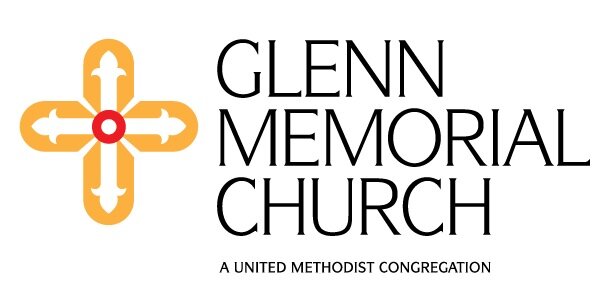Toward the end of the movie “Time Bandits,” young Kevin asks the Supreme Being why there has to be evil. The Supreme Being is played as a doddering old English gentleman in a vested tweed suit by Ralph Richardson. He answers the boy: “I think it has something to do with free will.”
I watched that movie at 16-years old, a budding agnostic, and that line grabbed my attention the way water calls a divining rod. It was the first plausible explanation I’d heard for human suffering that jibed with the existence of God – and it was a huge comfort.
A couple Sundays ago during Prof. Pat Graham’s lecture on Erasmus’s Greek New Testament I was reminded of that scene. (Click here to read more about Glenn’s Summer Lecture Series.) Dr. Graham pointed to free will as the central question of the reformation, noting publication of a dual volume in the early 16th century: On the Bondage of the Will by Luther, paired with On the Freedom of the Will by Erasmus. Luther’s perspective on free will gives me plenty to consider and the pat answer from the movie begins to sound a tad simplistic. How would Luther explain evil in the context of predestination?
There are three more lectures this summer – lots of opportunity for me to further reform my presuppostions about Christianity, and to form more questions.
July 31: Won Chul Shin - After Reformation: Pietism and Its Influence on John Wesley
Won Chul will look at Philipp Jacob Spener’s proposals for “new reformation” or “second reformation,”and explore how the Pietist movement to reform/revitalize Christianity played a significant role in John Wesley’s understanding of theology, Church, and ministry.
He says that in preparing for his talk, he “discovered that the idea of reformation is not a single event, but a continual renewal. Pietism was part of this continual renewal of Christianity and Church. Although I found that the divisions of society are often reinforced by the divisions of Church, I was impressed by Spener’s Pietist vision: the renewal of society through renewal of Church. I hope we also become part of the continual renewal of Christianity and Church known as the Reformation.”
August 7: Tom Elliott - Methodist Reformations
Prof. Elliott’s talk is a fitting sequel to Prof. Shin’s. He’ll touch on United Methodism’s origination as a renewal movement within the Church of England and then cover the decisive periods in its history since it became a church in North America. Some of these – granting women full clergy rights and eliminating all forms of segregation within the church – have been positive and some less so, but all have been “re-formative” for the church. He’ll highlight the theological issues and implications for each and ask questions about what may lie ahead with the issues we face as a church today.
“That’s going to be the next reformation,” he says. “God is leading us to this but it’s very contentious. At this point, the Church is taking time to consider where we are and looking at all the implications of a way forward. The decisions we make have to do with the form and shape of church – that’s re-formation. Wesley said, ‘A Methodist is one who has the love of God shed abroad in his heart by the Holy Ghost given unto him.’ That’s essential Methodism and so my question is, why are we having the struggle? We could struggle with the fact that there are children who don’t have food on the table. If love is really the essential thing, then what’s our issue?”
August 14: Joel LeMon - Reformation and Art
Prof. LeMon will speak about Lucas Cranach the Elder and the complex relationship the reformers had with art. His talk will be an early version of a lecture he’ll deliver as part of Emory’s Reformation Day festivities on October 27, which will celebrate the arrival of a copy of a Lucas Cranach altar piece at the Pitts Theology Library.
He’ll be considering reformation art, especially that of Cranach, whose work was widely circulated and appreciated by many reformers. The encapsulation of important reformation concepts in Cranach’s famous Law and Gospel (or Law and Grace) makes it one the key images of the reformation.
“Other factions within the reformation had an explicitly iconoclastic program,” Prof LeMon says, “as seen most vividly in the Beeldenstorm, which included vandalism and whitewashing of churches during the Dutch revolt in the mid-16th century.”
Beeldenstorm in een kerk, 1630, by Dirck van Delen
“I’ve long been interested in how artists function as interpreters of Biblical texts and how ancient art informs literary images and in what images live behind the text.” he says. “We’ll be talking about why there was such a strong reaction to religious art during this time. Images seem to have power, otherwise, why would you destroy them?”
The more time I spend listening to Candler’s theologians, the fewer answers I find. But oddly the questions keep getting more interesting and sometimes more edifying than the old answers.
Hope to see you at one of the summer’s final three lectures!
Irene Hatchett
Communications Team

